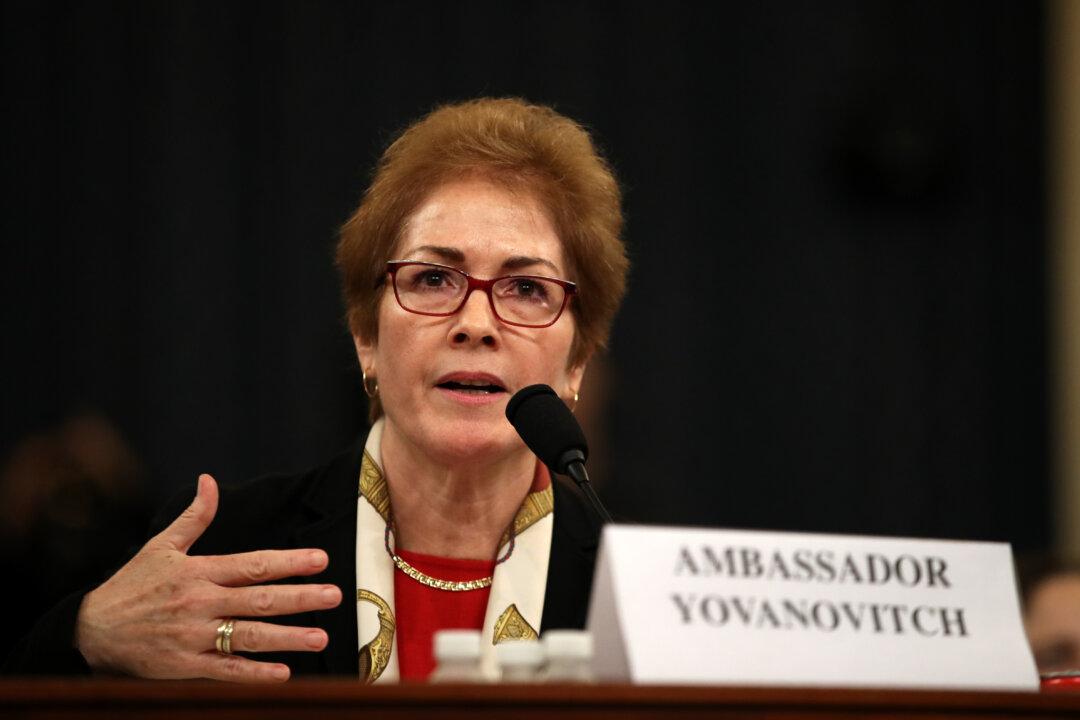A study of the effects of cellphone radiation on rats and mice, conducted by the U.S. government, found that there is “clear evidence“ that the radio frequencies like that used for 2G and 3G mobile phones caused cancerous heart tumors in male rats.
The study, the conclusion of which was released Nov. 1, exposed 1080 rats and 1080 mice to nonionizing radio-frequency radiation used in GSM and CDMA networks for about nine hours a day, alternating 10 minutes on and 10 minutes off, seven days a week for two years (the study was conducted over 10 years).






